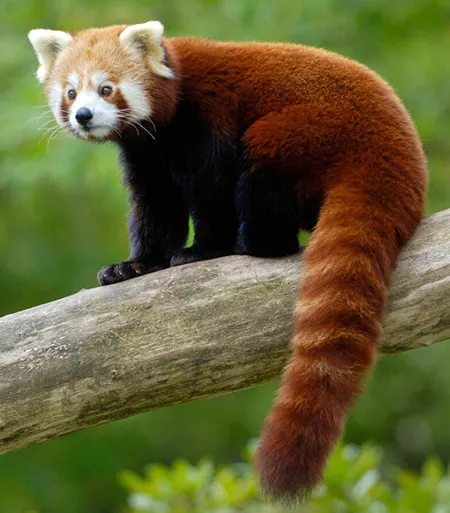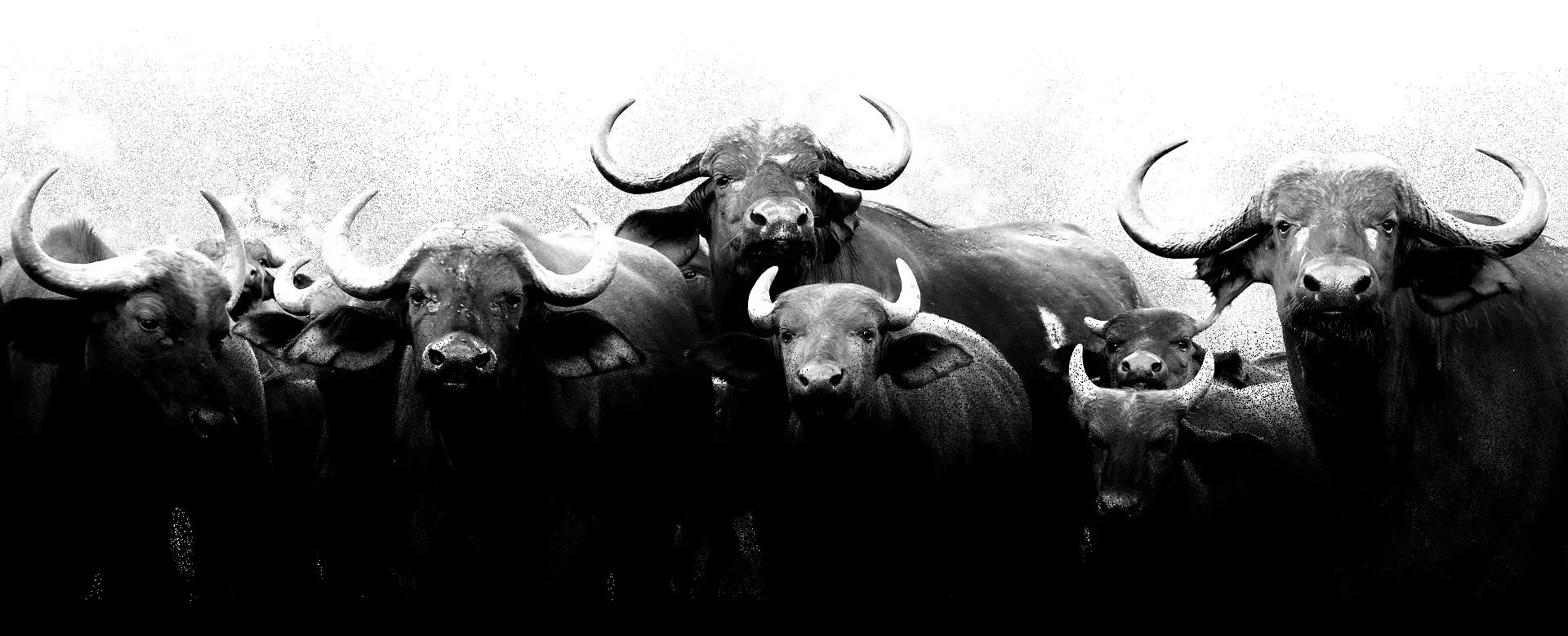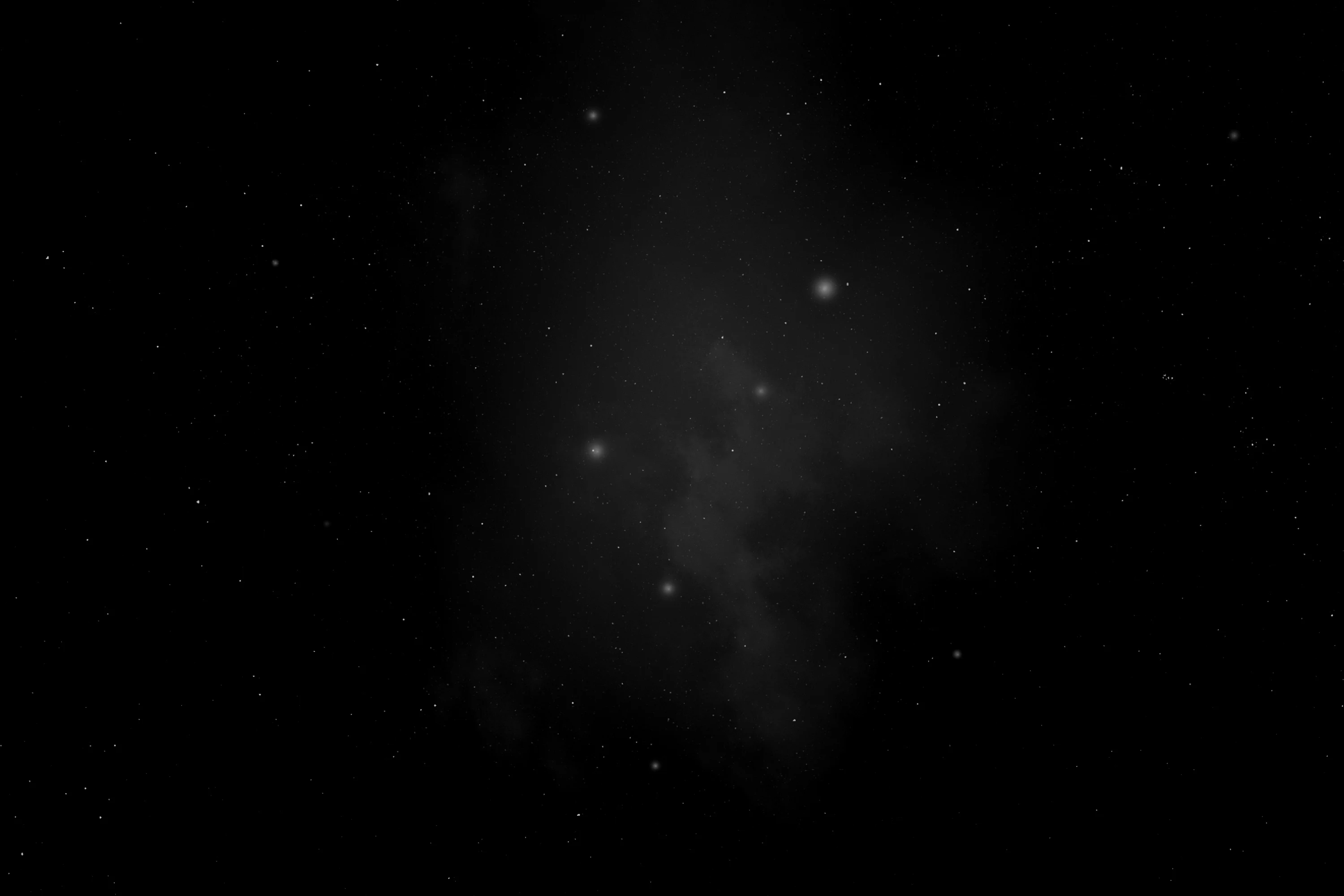
(Ailuridae)
Red Pandas
Пандові
(Ailurus fulgens)
Red Panda
Панда мала
The red panda inhabits Nepal, the states of Sikkim, West Bengal and Arunachal Pradesh in India, Bhutan, southern Tibet, northern Myanmar and China’s Sichuan and Yunnan provinces. The global potential habitat of the red panda has been estimated to comprise 47,100 km2 at most; this habitat is located in the temperate climate zone of the Himalayas with a mean annual temperature range of 18–24 °C. Throughout this range, it has been recorded at elevations of 2,000–4,300 m.
The red panda prefers microhabitats within 70–240 m of water sources. Fallen logs and tree stumps are important habitat features, as they facilitate access to bamboo leaves. Red pandas have been recorded to use steep slopes of more than 20° and stumps exceeding a diameter of 30 cm. Red pandas observed in Phrumsengla National Park used foremost easterly and southerly slopes with a mean slope of 34° and a canopy cover of 66% that were overgrown with bamboo about 23 m in height. In Dafengding Nature Reserve, it prefers steep south-facing slopes in winter and inhabits forests with bamboo 1.5–2.5 m tall. In Gaoligongshan National Nature Reserve, it inhabits mixed coniferous forest with a dense canopy cover of more than 75%, steep slopes and a density of at least 70 bamboo plants/m2. In some parts of China, the red panda coexists with the giant panda. In Fengtongzhai and Yele National Nature Reserves, red panda microhabitat is characterised by steep slopes with lots of bamboo stems, shrubs, fallen logs and stumps, whereas the giant panda prefers gentler slopes with taller but lesser amounts of bamboo and less habitat features overall. Such niche separation lessens competition between the two bamboo-eating species.
Behaviour and ecology
The red panda is difficult to observe in the wild, and most studies on its behaviour have taken place in captivity. The red panda appears to be both nocturnal and crepuscular, sleeping in between periods of activity at night. It typically rests or sleeps in trees or other elevated spaces, stretched out prone on a branch with legs dangling when it is hot, and curled up with its hindlimb over the face when it is cold. It is adapted for climbing and descends to the ground head-first with the hindfeet holding on to the middle of the tree trunk. It moves quickly on the ground by trotting or bounding.
Social spacing
Adult pandas are generally solitary and territorial. Individuals mark their home range or territorial boundaries with urine, faeces and secretions from the anal and surrounding glands. Scent-marking is usually done on the ground, with males marking more often and for longer periods. A one-year-long monitoring study of ten red pandas in eastern Nepal showed that the four males had median home ranges of 1.73 km2 and the six females of 0.94 km2 within a forest cover of at least 19.2 ha. The females travelled 419–841 m per day and the males 660–1,473 m. In the mating season from January to March, adults travelled a mean of 795 m and subadults a mean of 861 m. They all had larger home ranges in areas with low forest cover and reduced their activity in areas that were disturbed by people, livestock and dogs.
Diet and feeding
The red panda is largely herbivorous and feeds primarily on bamboo, mainly the genera Phyllostachys, Sinarundinaria, Thamnocalamus and Chimonobambusa. It also feeds on fruits, blossoms, acorns, eggs, birds and small mammals. Bamboo leaves may be the most abundant food item year-round and the only food they can access during winter. In Wolong National Nature Reserve, leaves of the bamboo species Bashania fangiana were found in nearly 94% of analysed droppings, and its shoots were found in 59% of the droppings found in June.
The diet of red pandas monitored at three sites in Singalila National Park for two years consisted of 40–83% Yushania maling and 51–91.2% Thamnocalamus spathiflorus bamboos supplemented by bamboo shoots, Actinidia strigosa fruits and seasonal berries. In this national park, red panda droppings also contained remains of silky rose and bramble fruit species in the summer season, Actinidia callosa in the post-monsoon season, and Merrilliopanax alpinus, the whitebeam species Sorbus cuspidata and tree rhododendron in both seasons. Droppings were found with 23 plant species including the stone oak species Lithocarpus pachyphyllus, Campbell’s magnolia, the chinquapin species Castanopsis tribuloides, Himalayan birch, Litsea sericea and the holly species Ilex fragilis. In Nepal’s Rara National Park, Thamnocalamus was found in all the droppings sampled, both before and after the monsoon. Its summer diet in Dhorpatan Hunting Reserve also includes some lichens and barberries. In Bhutan’s Jigme Dorji National Park, red panda faeces found in the fruiting season contained seeds of Himalayan ivy.
The red panda grabs food with one of its front paws and usually eats sitting down or standing. When foraging for bamboo, it grabs the plant by the stem and pulls it down towards its jaws. It bites the leaves with the side of the cheek teeth and then shears, chews and swallows. Smaller food like blossoms, berries and small leaves are eaten differently, being clipped by the incisors. Having the gastrointestinal tract of a carnivore, the red panda cannot properly digest bamboo, which passes through its gut in two to four hours. Hence, it must consume large amounts of the most nutritious plant matter. It eats over 1.5 kg of fresh leaves or 4 kg of fresh shoots in a day with crude proteins and fats being the most easily digested. Digestion is highest in summer and fall but lowest in winter, and is easier for shoots than leaves. The red panda’s metabolic rate is comparable to other mammals of its size, despite its poor diet. The red panda digests almost a third of dry matter, which is more efficient than the giant panda digesting 17%. Microbes in the gut may aid in its processing of bamboo; the microbiota community in the red panda is less diverse than in other mammals.
Communication
At least seven different vocalisations have been recorded from the red panda, comprising growls, barks, squeals, hoots, bleats, grunts and twitters. Growling, barking, grunting and squealing are produced during fights and aggressive chasing. Hooting is made in response to being approached by another individual. Bleating is associated with scent-marking and sniffing. Males may bleat during mating, while females twitter. During both play fighting and aggressive fighting, individuals curve their backs and tails while slowly moving their heads up and down. They then turn their heads while jaw-clapping, move their heads laterally and lift a forepaw to strike. They stand on their hind legs, raise the forelimbs above the head and then pounce. Two red pandas may “stare” at each other from a distance.
Reproduction and parenting
Red pandas are long-day breeders, reproducing after the winter solstice as daylight grows longer. Mating thus takes place from January to March, with births occurring from May to August. Reproduction is delayed by six months for captive pandas in the southern hemisphere. Oestrous lasts a day, and females can enter oestrous multiple times a season, but it is not known how long the intervals between each cycle last.
As the reproductive season begins, males and females interact more, and will rest, move, and feed near each other. An oestrous female will spend more time marking and males will inspect her anogenital region. Receptive females make tail-flicks and position themselves in a lordosis pose, with the front lowered to the ground and the spine curved. Copulation involves the male mounting the female from behind and on top, though face-to-face matings as well as belly-to-back matings while lying on the sides also occur. The male will grab the female by the sides with his front paws instead of biting her neck. Intromission is 2–25 minutes long, and the couple groom each other between each bout.
Gestation lasts about 131 days. Prior to giving birth, the female selects a denning site, such as a tree, log or stump hollow or rock crevice, and builds a nest using material from nearby, such as twigs, sticks, branches, bark bits, leaves, grass and moss. Litters typically consist of one to four cubs that are born fully furred but blind. They are entirely dependent on their mother for the first three to four months until they first leave the nest. They nurse for their first five months. The bond between mother and offspring lasts until the next mating season. Cubs are fully grown at around 12 months and at around 18 months they reach sexual maturity. Two radio-collared cubs in eastern Nepal separated from their mothers at the age of 7–8 months and left their birth areas three weeks later. They reached new home ranges within 26–42 days and became residents after exploring them for 42–44 days.
The red panda’s lifespan in captivity reaches 14 years.


